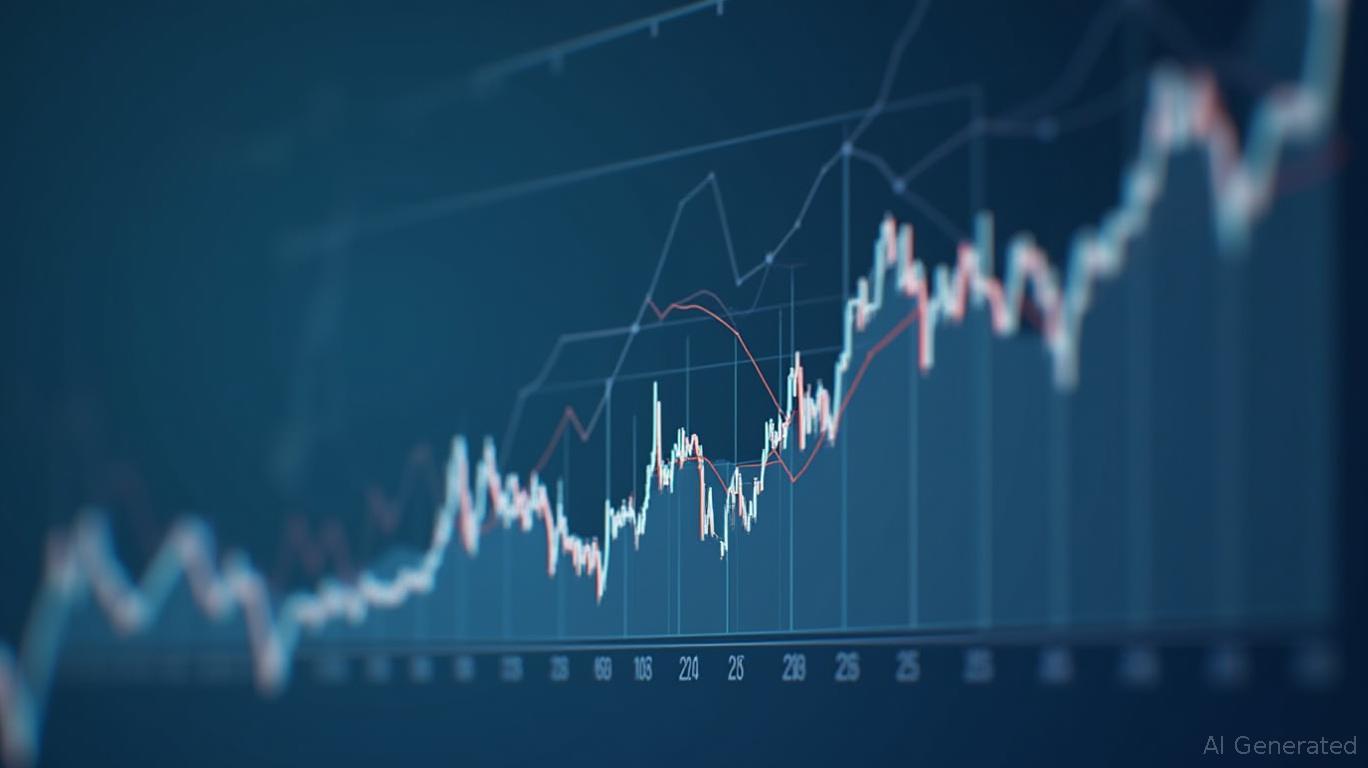Navigating Volatility: Thrivent High Yield Fund's Q1 Underperformance and the Path to Strategic Gains
The Thrivent High Yield Fund's Year-to-Date (YTD) return of -3.78% in Q1 2025 underscores the challenges of managing high-yield corporate bonds amid macroeconomic uncertainty. While the fund underperformed compared to benchmarks like the Bloomberg U.S. Aggregate Bond Index, which rose 2.78% during the same period, the current environment presents a compelling opportunity for investors willing to navigate tariff-driven volatility and leverage widening credit spreads. This analysis explores how strategic rebalancing and sector-focused allocations could position the fund to outperform in the second half of 2025.

Q1 Performance: A Symptom of Broader Market Dynamics
The fund's underperformance stems from three interconnected factors:
1. Tariff-Driven Uncertainty: Trade policy shifts and rising inflation expectations destabilized equity markets, indirectly pressuring high-yield bonds. The S&P 500's 4.57% decline and the NASDAQ's bear market entry amplified investor risk aversion, favoring safer assets like Treasuries.
2. Credit Spread Widening: High-yield corporate bond spreads (the premium over Treasuries) expanded by ~60 basis points during Q1, reflecting heightened credit risk. While this reduced bond prices, it also created higher yields for new investors.
3. Currency and Fed Policy: A weaker U.S. dollar (down 2.18%) and the Federal Reserve's neutral stance—keeping rates steady at 4.25%-4.50%—added to market uncertainty but also limited downside risks for bonds.
Why Widening Spreads Are a Buying Signal
Despite the Q1 underperformance, the current landscape offers three strategic advantages:
1. Improved Valuations for High-Yield Bonds
The widening spreads have pushed yields to 4.8% for the Bloomberg U.S. Corporate High Yield Bond Index, up from 4.2% at the start of the year. This creates a yield cushion for investors, as higher yields reduce the impact of future price declines. Historically, periods of spread widening followed by stabilization have led to strong returns for disciplined investors.
2. Sector Defenses in Healthcare and Single-B Bonds
- Healthcare Sector: Insulated from tariff impacts due to its domestic demand-driven nature, healthcare issuers like hospital networks or pharmaceutical companies offer stable cash flows. The sector's default rate of 1.2% (below the 2.5% high-yield average) makes it a defensive play.
- Single-B Rated Bonds: These are the highest-rated tier of high-yield debt and currently offer a yield premium of 2.5% over investment-grade bonds. Their lower risk profile and attractive yields make them a natural rebalancing target.
3. Fed's Caution Supports Bond Markets
The Federal Reserve's reluctance to raise rates further—even amid persistent core inflation—has stabilized Treasury yields. With the 10-year Treasury yield falling to 4.21% by March, bond prices are buoyant. This environment reduces interest rate risk for high-yield portfolios.
Rebalancing Strategy for Outperformance
To capitalize on these dynamics, the fund should:
1. Increase Exposure to Healthcare and Single-B Bonds: Allocate 20-25% of the portfolio to these sectors, leveraging their defensive qualities and yield premiums.
2. Trim Exposure to Tariff-Sensitive Sectors: Reduce holdings in energy and manufacturing, which face direct risks from trade policies.
3. Target Short-Term Maturities: Focus on bonds with maturities of 3-5 years to mitigate duration risk in a volatile rate environment.
By doing so, the fund could align more closely with the Bloomberg U.S. Corporate High Yield Bond Index, which outperformed broader benchmarks in early 2025 due to sector-specific opportunities.
Investment Recommendations
- Hold for Long-Term Investors: The current spread environment and Fed policy favor a 3-5 year holding period, allowing time for credit metrics to stabilize.
- Dollar-Cost Average: For cautious investors, incremental purchases over the next quarter could mitigate volatility risks.
- Monitor Downgrade Risks: While defaults remain low (projected at 2.8% in 2025), prioritize issuers with improving credit metrics and strong EBITDA coverage.
Conclusion
The Thrivent High Yield Fund's Q1 underperformance is a symptom of broader macroeconomic headwinds, not a reflection of permanent structural flaws. The widening spreads and sector-specific opportunities present a high-conviction entry point for investors willing to look past short-term volatility. By rebalancing toward defensive sectors and leveraging improved valuations, the fund could outperform its benchmarks in the second half of 2025. As the saying goes: “The best time to buy bonds is when the headlines are grim.”
Investing in high-yield bonds carries significant risks, including credit risk and liquidity risk. Past performance does not guarantee future results.
Sign up for free to continue reading
By continuing, I agree to the
Market Data Terms of Service and Privacy Statement

Comments
No comments yet